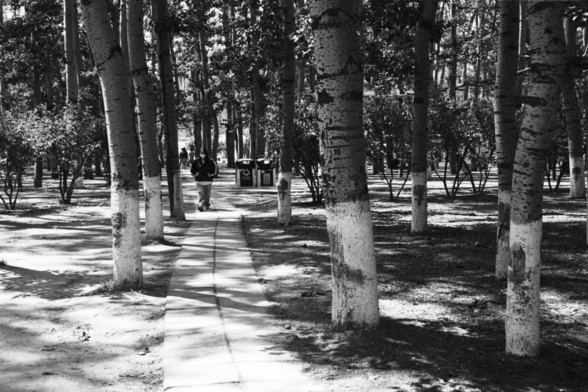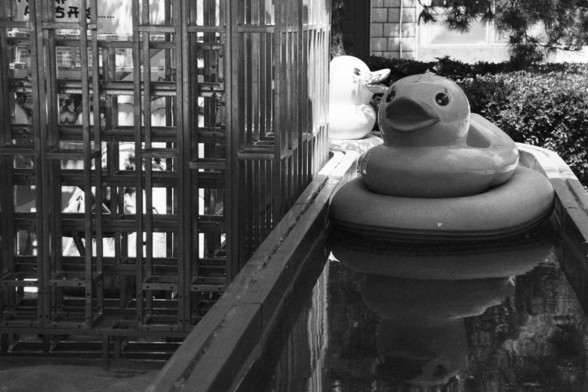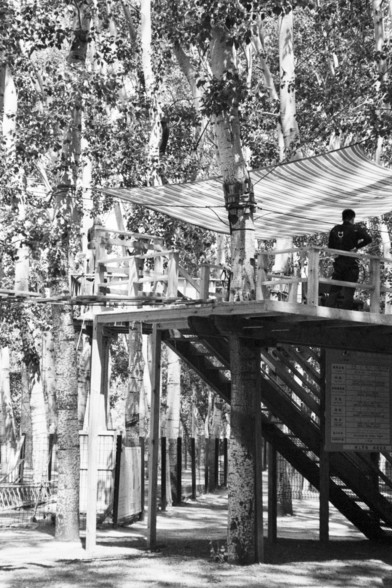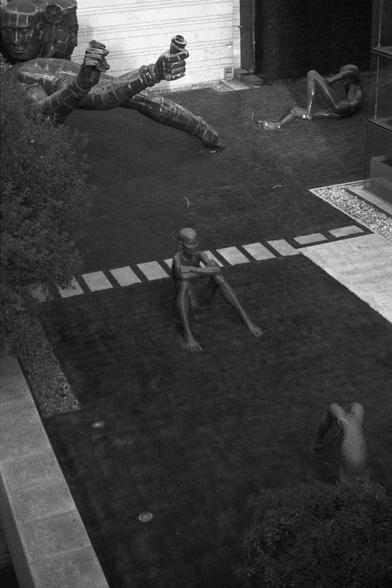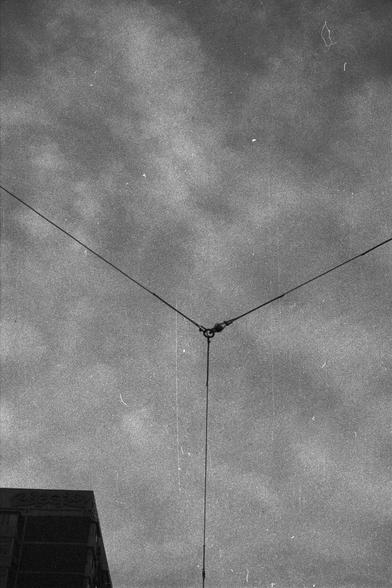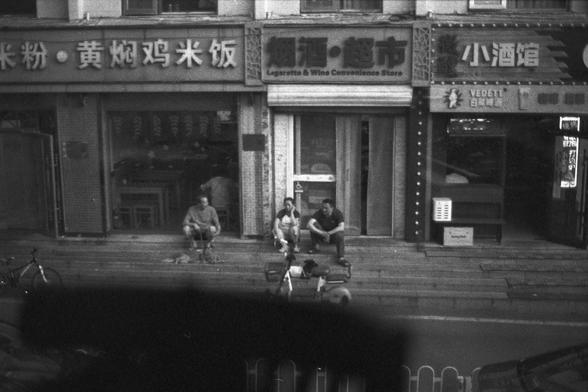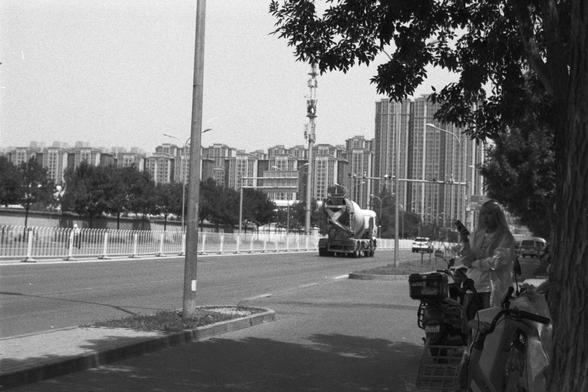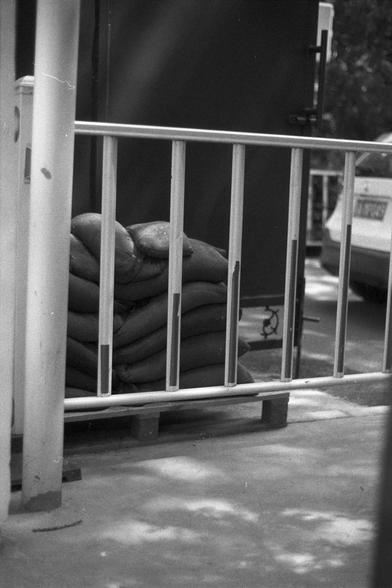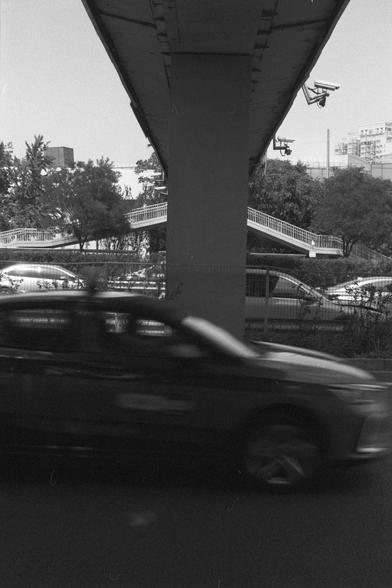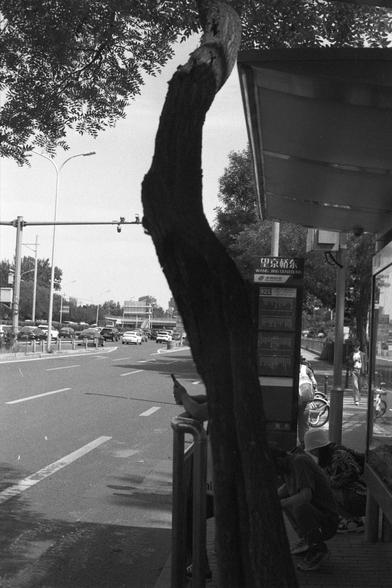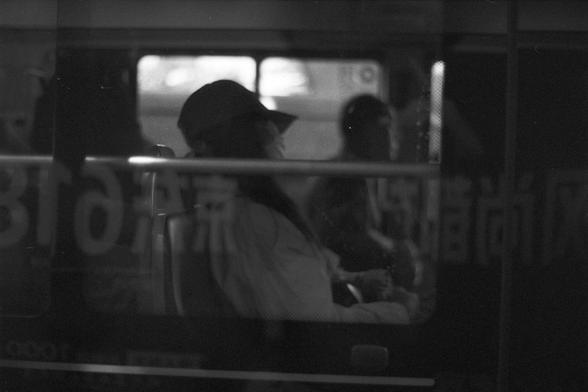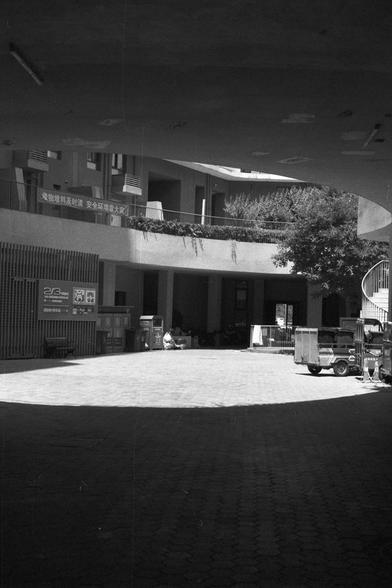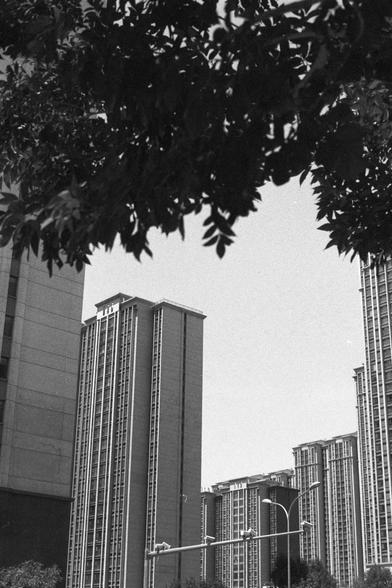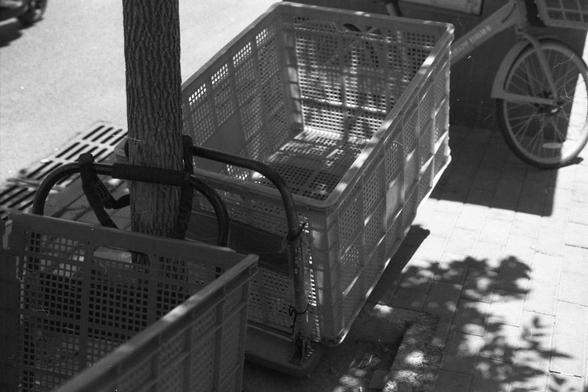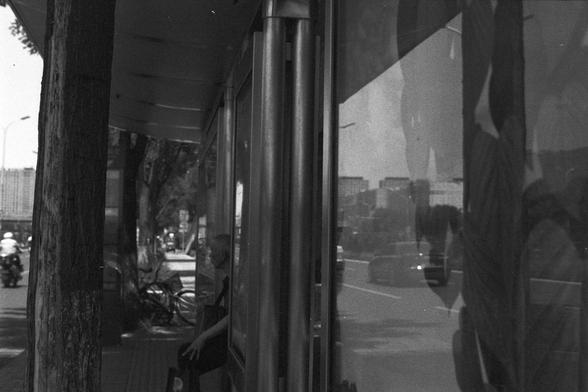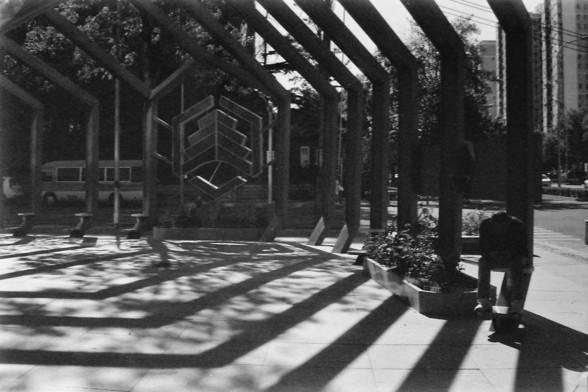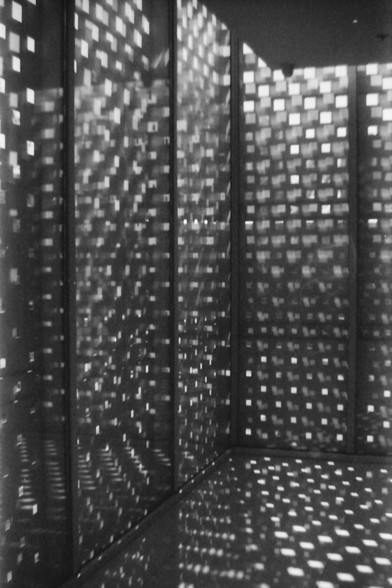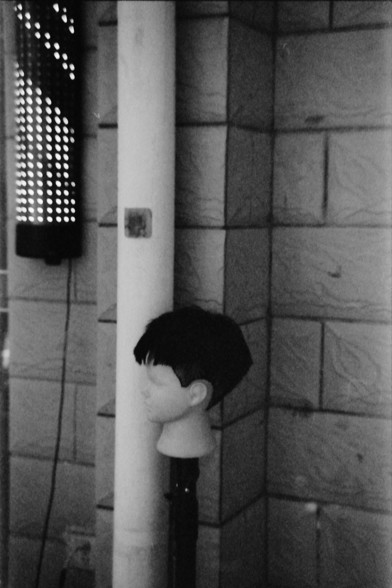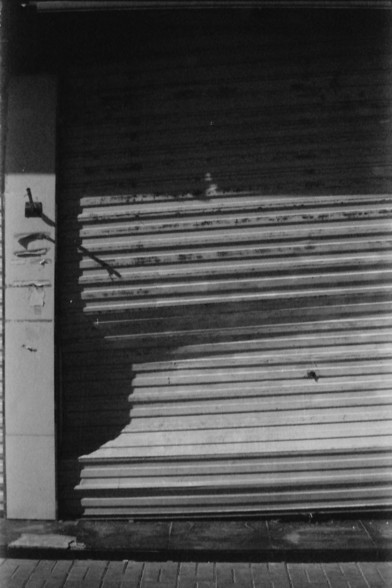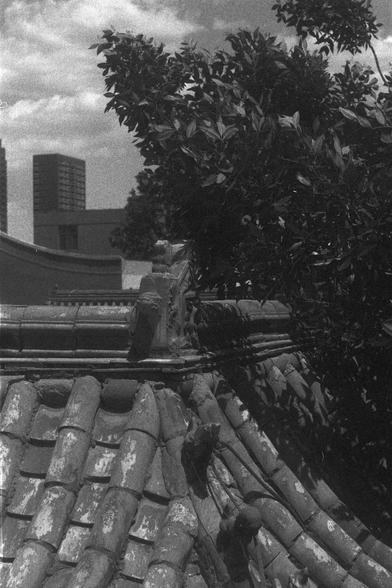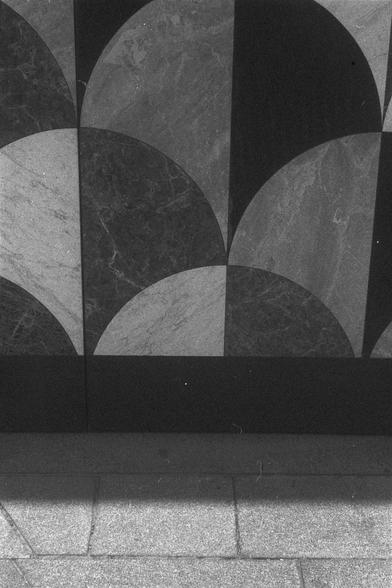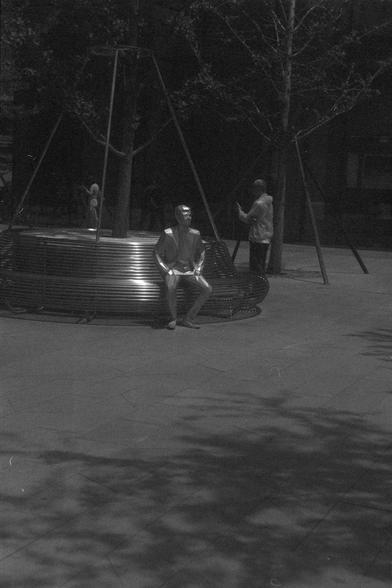2025-06-22 00:30:01
Park Discovery 🏞️
公园探险 🏞️
📷 Nikon FE
🎞️Lucky SHD 400
buy me ☕️ ?/请我喝杯☕️?
#filmphotography
2025-07-24 10:06:19
P3SL: Personalized Privacy-Preserving Split Learning on Heterogeneous Edge Devices
Wei Fan, JinYi Yoon, Xiaochang Li, Huajie Shao, Bo Ji
https://arxiv.org/abs/2507.17228
2025-08-19 00:30:01
City Features VII 🏙️
城市特征 VII 🏙️
📷 Nikon FE
🎞️Ilford FP4 Plus, expired 1994
buy me ☕️ ?/请我喝杯☕️?
#filmphotography
2025-06-24 10:16:10
Multimodal Political Bias Identification and Neutralization
Cedric Bernard, Xavier Pleimling, Amun Kharel, Chase Vickery
https://arxiv.org/abs/2506.17372 h…
2025-06-24 08:45:50
Code Generation for Near-Roofline Finite Element Actions on GPUs from Symbolic Variational Forms
Kaushik Kulkarni, Andreas Kl\"ockner
https://arxiv.org/abs/2506.17471
2025-06-20 22:54:36
There's a woman I know who, when she was pregnant, was very keen to hear the opinions of crystal diviners and homeopath medics on what sex her new baby would be but wouldn't let the ultrasound-scan technician that actually knows tells her because Spoilers.
On that note, I'm happy to watch #doctorWho #badWolf #tv
2025-08-17 00:30:02
City Features V 🌆
城市特征 V 🌆
📷 Nikon FE
🎞️Ilford FP4 Plus, expired 1994
buy me ☕️ ?/请我喝杯☕️?
#filmphotography
2025-08-15 00:30:03
City Features III 🌆
城市特征 III 🌆
📷 Nikon FE
🎞️Ilford FP4 Plus, expired 1994
buy me ☕️ ?/请我喝杯☕️?
#filmphotography
2025-06-15 00:30:03
Urban Composition IV
都市构图 IV
📷 Nikon FE
🎞️Ilford FP4 Plus, expired 1995
buy me ☕️ ?/请我喝杯☕️?
#filmphotography
2025-08-14 00:30:00
City Features II 🌆
城市特征 II 🌆
📷 Pentax MX
🎞️Ilford FP4 Plus, expired 1994
buy me ☕️ ?/请我喝杯☕️?
#filmphotography

